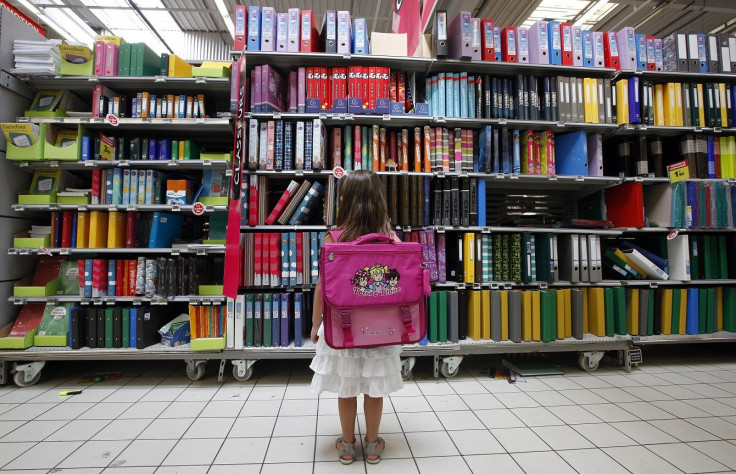Australia outshines New Zealand, Spain and France in primary literacy

Australia’s students are a standout in the world for their performance in reading. The nation has outperformed countries like New Zealand, Spain and France in the latest Progress in International Reading Study (PIRLS).
Out of 50 countries, Australia secured the 21st spot among Year 4 students. Aussie students are doing better in reading now than when the last study was conducted in 2011, when they ranked 27th.
Students from Victoria shone the brightest. Eighty-six percent of students in the said region met the global reading benchmark, according to the study released on Tuesday.
The ACT followed in the rankings at 82 percent. NSW had 81 percent of students meeting the benchmark. Western Australia and Queensland students’ performances improved, with 81 percent and 78 percent of students meeting the benchmark, respectively.
The new ranking reversed a decade of underperformance in literacy achievement in Australian schools. Federal Education Minister Simon Birmingham has welcomed the results, saying it is an indication that both teacher and school reforms are paying off. He specifically pointed to reforms to teacher quality and simplifying the school curriculum.
More work to be done
But countries like Singapore and Russia performed better than Australia, the study shows. Northern Ireland, England, Ireland and Poland were also better performers, while the United States fell with Australia in the middle band.
The Australian Council for Educational Research deputy CEO Dr Sue Thomson called latest results pleasing, ABC News reports. However, he believes there are more to be done. The study notes that the country’s progress among students in the low-performing 20 percent has remained stagnant.
"The big issue is the proportion of students who are still not reading at a proficient standard for Australia or internationally, and the fact that it's still based on equity grouping, so it's still lower SES (socio-economic status) students and Indigenous students who are missing out,” he said. Among Indigenous Year 4 students, only 57 percent met or exceeded the intermediate international benchmark. That is comparable to 83 percent of non-Indigenous students.
The PIRLS data revealed that the Northern Territory and South Australia recorded the poorest results. Seventy-five percent of students in both regions met international benchmarks.
Australians, Birmingham said, can be proud of the quality of its schools but must strive to do even better. He believes it will guarantee Australia’s competitiveness in the future. The PIRLS assessment gauged the literacy skills of 580,000 year 4 students.
FRANCE 24 English





















